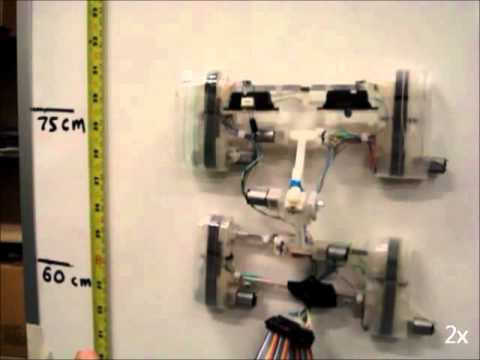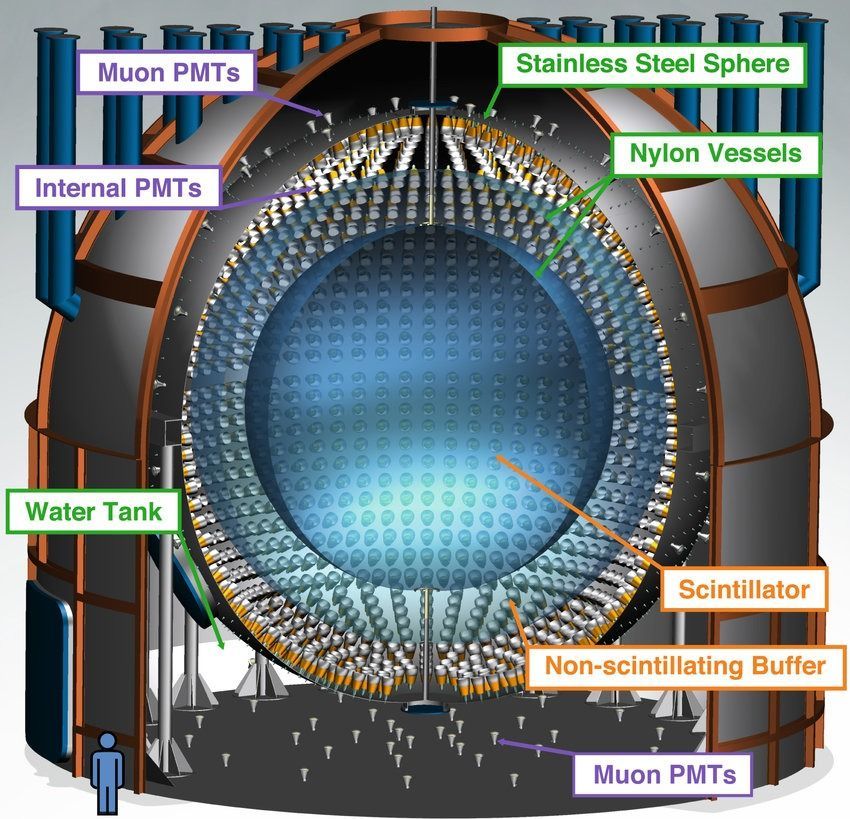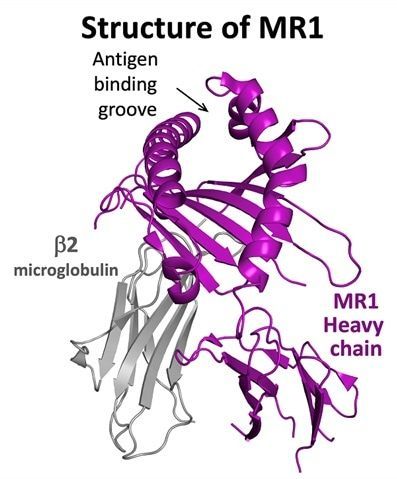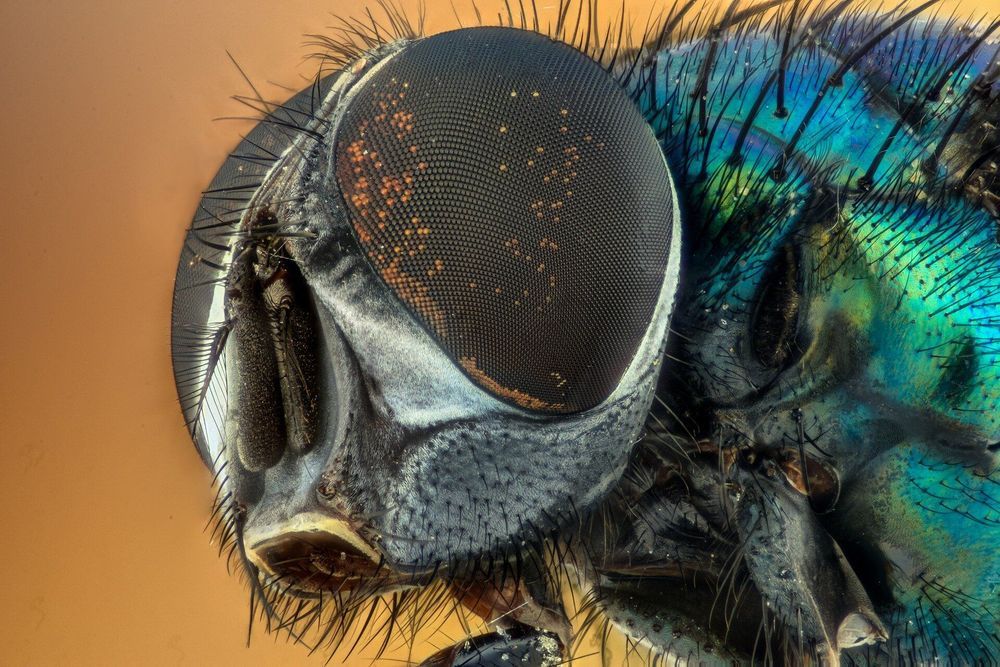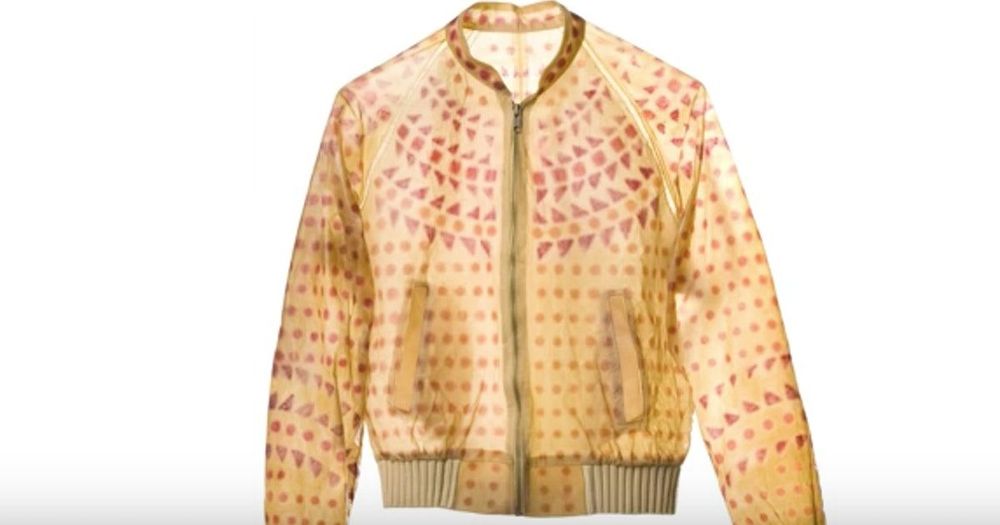Aug 4, 2020
Top 5 Countries to Adopt Facial Recognition Technology
Posted by Genevieve Klien in categories: business, finance, mobile phones, privacy, robotics/AI, security
Consumers are ending up increasingly responsive about sharing their data, as data integrity and security has turned into a developing concern. In any case, with the advent of nations teching up with facial recognition, even explorers need to truly begin thinking about what sort of data they could be reluctantly offering to nations, individuals and places.
Facial recognition innovation is a framework that is fit for identifying or confirming an individual from an advanced picture or a video frame. It works by comparing chosen facial highlights and faces inside a database. The technology is utilized in security frameworks and can be compared with different biometrics, for example, fingerprint or iris recognition frameworks. As of late, it has been grabbed and utilized as a business identification and advertising tool. The vast majority have a cell phone camera fit for recognizing features to perform exercises, for example, opening said a cell phone or making payments.
The worldwide market for facial recognition cameras and programming will be worth of an expected $7.8 billion, predicts Markets and Markets. Never again consigned to sci-fi films and books, the technology is being used in various vertical markets, from helping banks recognize clients to empowering governments to look out for criminals. Let’s look at some of the top countries adopting facial recognition technology.

